Are you feeling overwhelmed by the thought of repairing your credit? Navigating the world of credit repair negotiations can be daunting, but it doesn't have to be! With the right letter template in hand, you can confidently approach creditors and work towards a brighter financial future. Ready to take the first step? Let's dive into the details and explore how you can craft an effective letter that paves the way for your credit recovery journey!

Creditor Information and Account Details
Credit repair negotiations require detailed information regarding creditor accounts. Collect account details such as the creditor's name, which may include well-known banks or credit card companies like Chase, Citibank, or Discover. Document the account number, usually a unique 16-digit code assigned to the credit account. Include the outstanding balance, which represents the total amount owed, such as a few hundred to several thousand dollars. Note the account type, such as revolving credit cards, installment loans, or open accounts, which impact credit utilization ratios. Capture the date of delinquency, indicating when the account became past due, often significantly affecting credit scores. Lastly, include any relevant additional notes on payment history or disputes, as these details can strengthen negotiation strategies with creditors.
Clear Explanation of Dispute or Request
In credit repair negotiations, it's essential to provide a clear explanation of the dispute or request concerning inaccurate or unverified information on a credit report. For instance, individuals may identify a derogatory item listed under account number 123456789, attributed to Company XYZ, established in 2020. This account reflects a late payment recorded in March 2023, which is disputed due to a documented payment made on March 1, 2023. Further evidence can include bank statements highlighting the payment as well as confirmation emails from the company acknowledging receipt. Individuals may request that the credit bureau, such as Experian or Equifax, investigate this discrepancy, seeking removal of the false information to improve their credit score and financial standing. Detailed evidence and clear communication are vital in facilitating successful resolution in these negotiations, enabling clearer credit histories for consumers.
Supporting Documentation and Evidence
Effective credit repair negotiations require comprehensive supporting documentation and evidence to establish your case. Collect items such as detailed credit reports from TransUnion, Experian, and Equifax, noting inconsistencies or inaccuracies that may impact your credit score, which can fluctuate between 300 and 850. Include payment history documents for disputed accounts, showcasing the timeline of payments or missed payments, and statements demonstrating timely payments for other accounts to depict a positive payment pattern. Attach correspondence with creditors, such as letters or emails, indicating attempts to rectify issues, along with any proof of identity, such as a government-issued ID or Social Security card. Gathering evidence of financial hardships, like medical bills or job loss statements, can support your narrative. Organizing these documents meticulously aids in presenting a compelling case for credit repair negotiations.
Specific Resolution Sought
Credit repair negotiations often revolve around the specific resolution sought to address inaccuracies in credit reports. A common goal includes the removal of negative items, such as late payments (often reported by creditors like banks or credit card companies) that can severely impact credit scores--typically measured on a scale from 300 to 850. Consumers often aim for a resolution that not only corrects these inaccuracies but also establishes a goodwill adjustment with the creditor, improving long-term credit health. Prestigious credit bureaus, including Experian, TransUnion, and Equifax, play critical roles in reporting and managing these disputes. Timely follow-ups can lead to significant improvements in credit standing, ultimately facilitating better loan terms and interest rates in the future.
Contact Information and Follow-Up Plan
Credit repair negotiations often require clear communication and a well-structured follow-up plan. Use a dedicated contact information section including your full name, address, phone number, and email to ensure accessibility. Set a follow-up plan specifying dates for check-ins (such as one week after sending the initial correspondence) and methods of communication (like emails or phone calls). Additionally, consider documenting responses from credit agencies or lenders, noting dates and key points discussed to strengthen your case. This organized approach not only demonstrates professionalism but also increases accountability on both sides during negotiations.


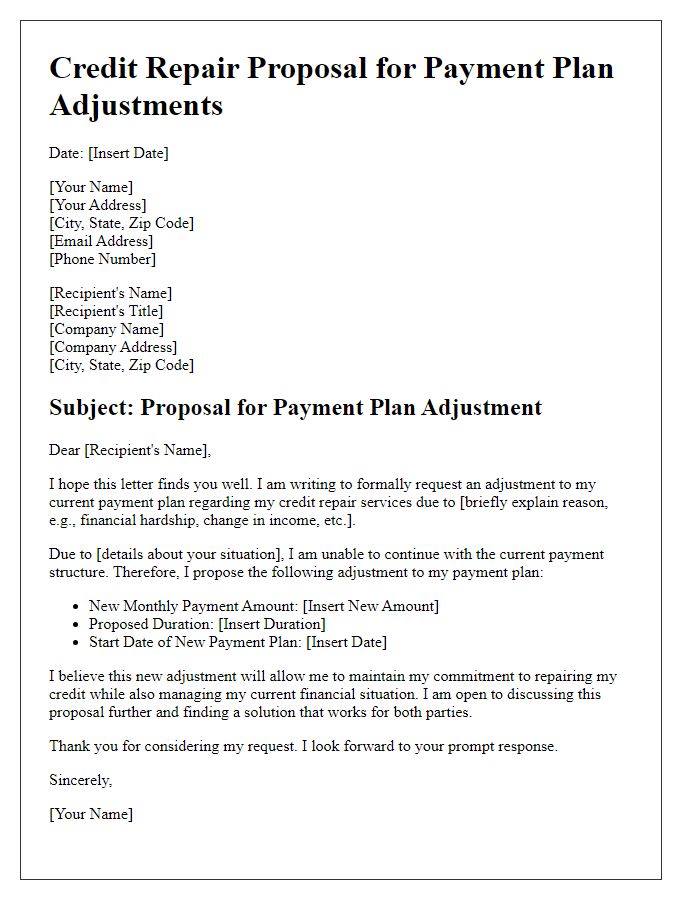
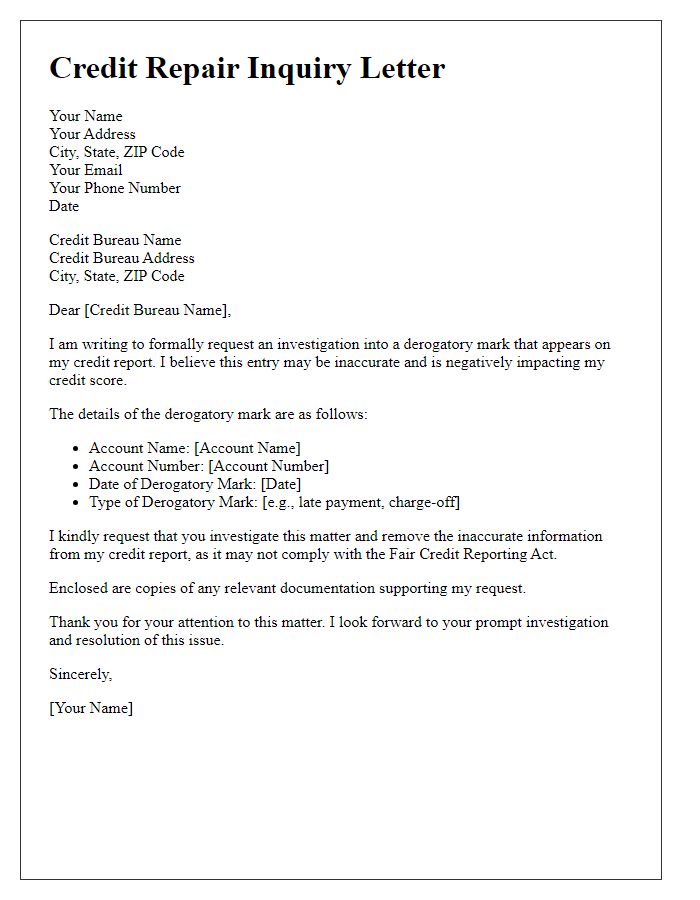
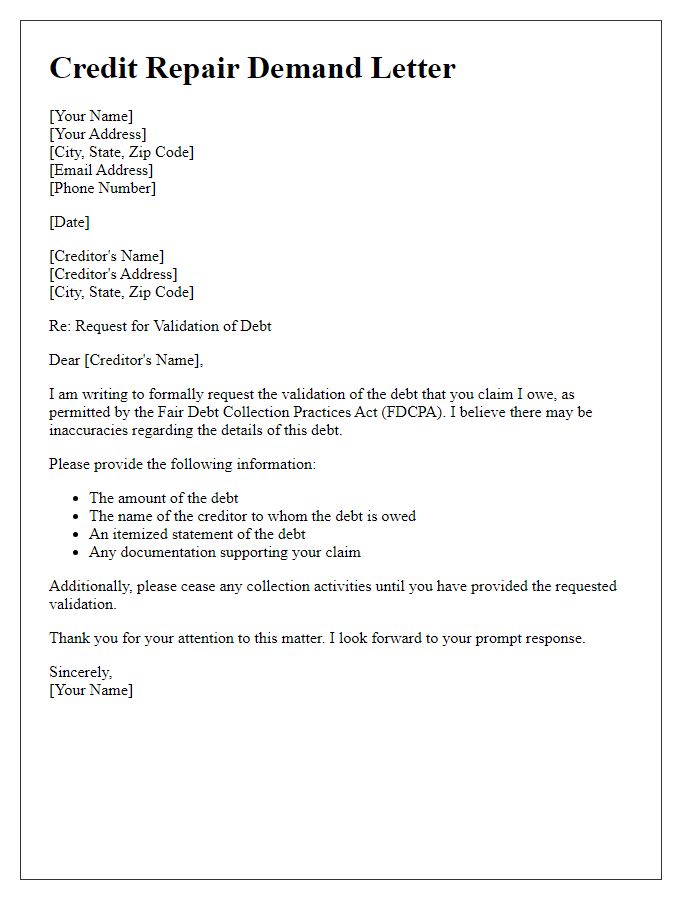

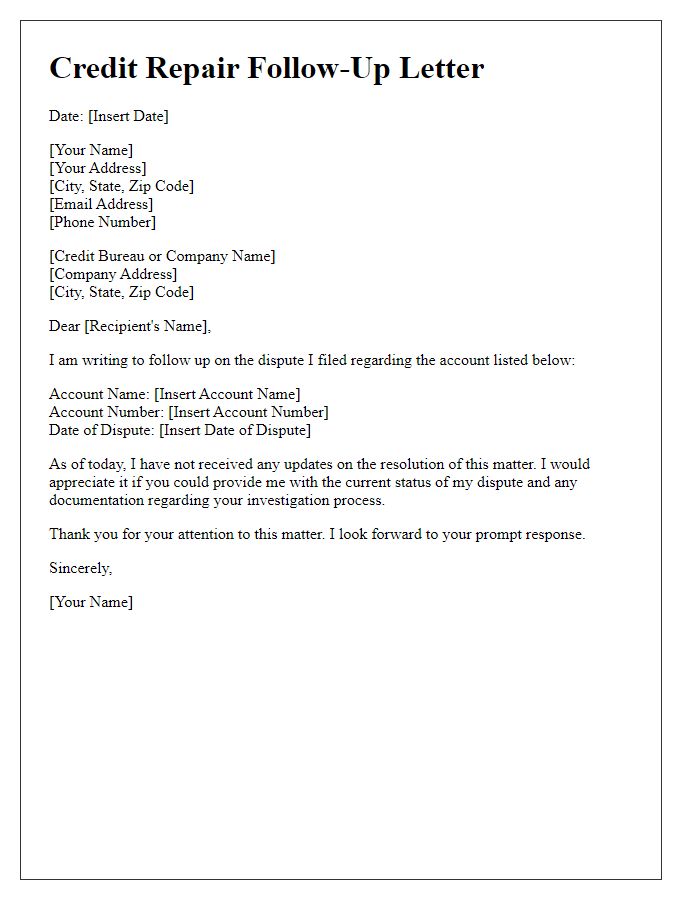
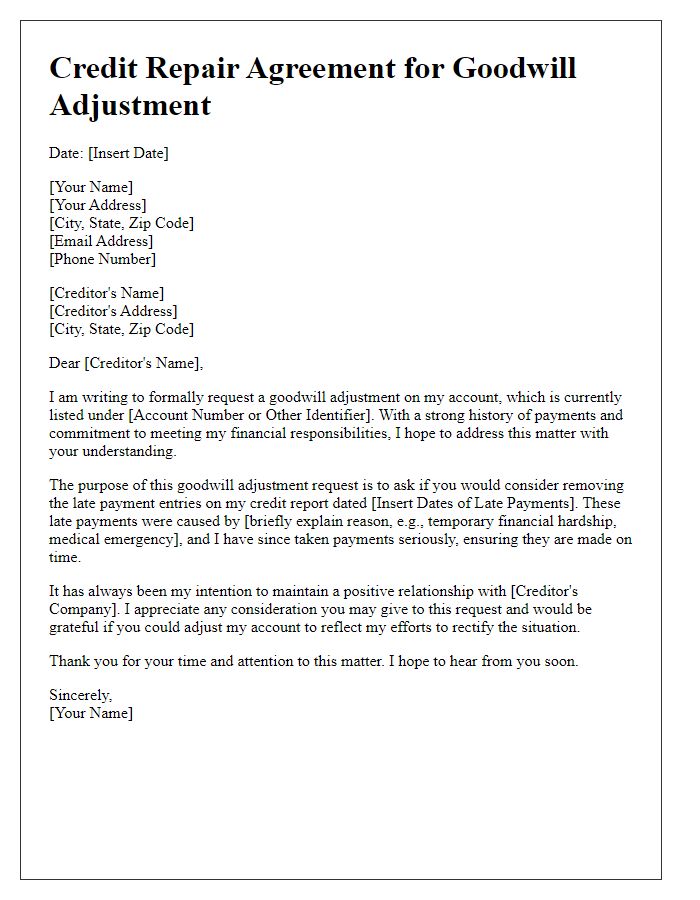

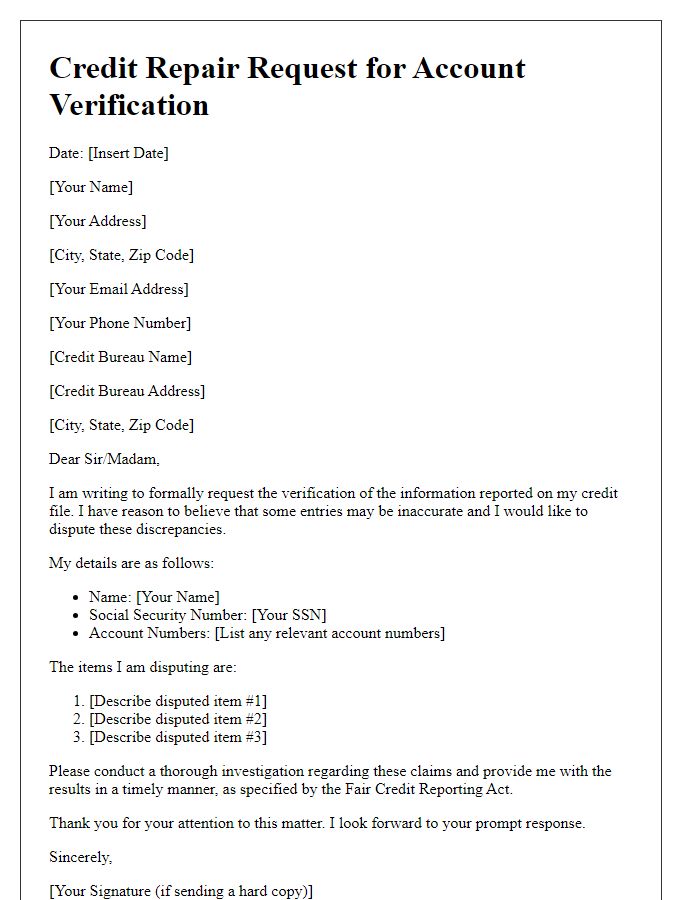
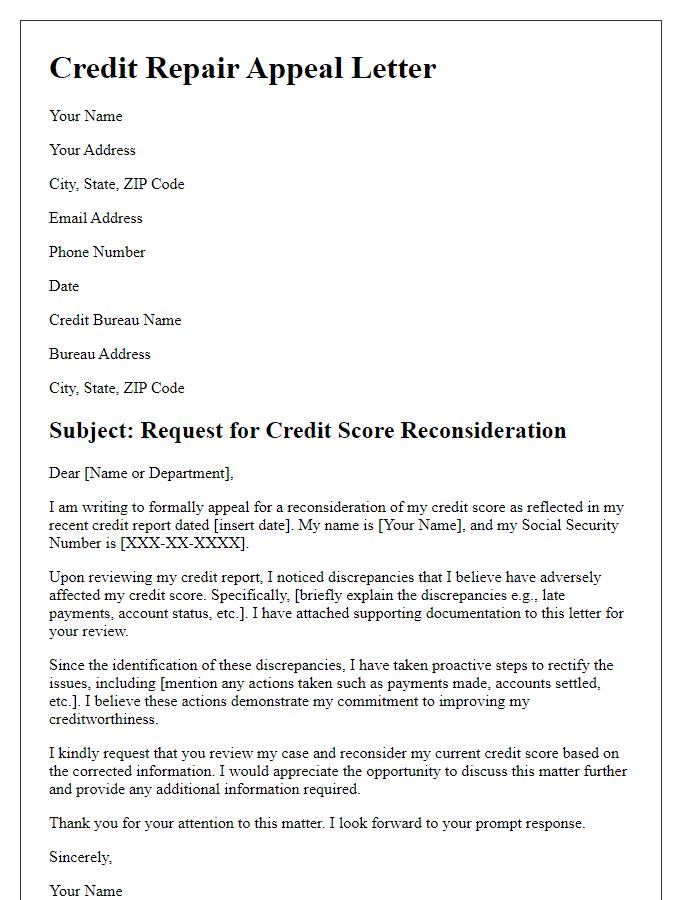


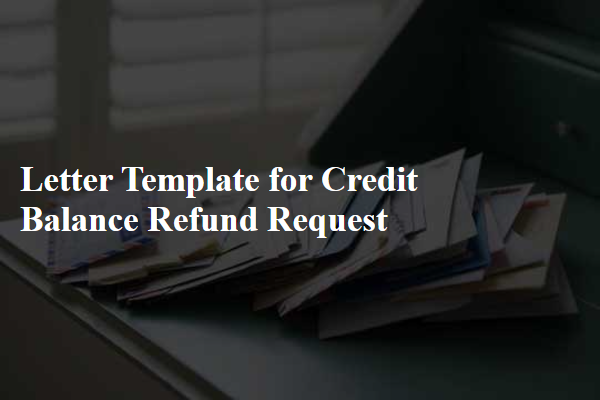


Comments